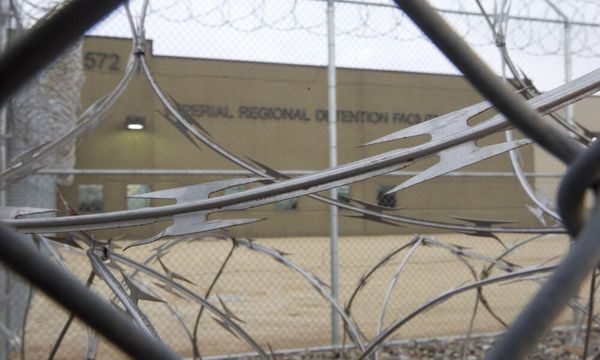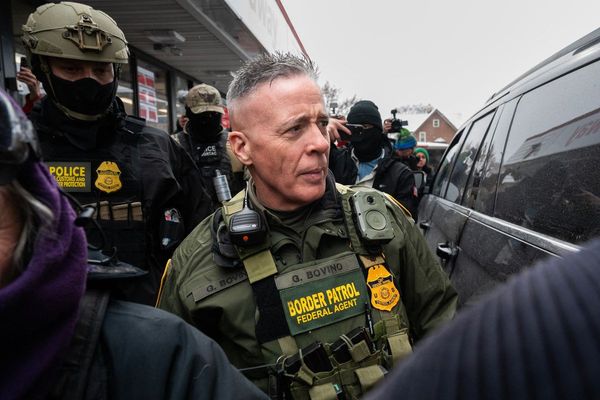Indigenous Yolngu artists in remote East Arnhem Land are known globally for their award-winning innovative works, drawing connections to land and sea.
And for the first time, they're venturing into the digital world, with a group of artists making and selling NFTs (non-fungible tokens).
The phenomenon of NFTs has seen billions of dollars flow into the exchange of digital photos, videos and sounds.
When investors pitched the prospect of entering the growing marketplace, Yolngu artist Ishmael Marika, based in Yirrkala, was intrigued.
While some of the world's best-selling NFTs have been pixelated cartoonish images, the items in Yirrkala are being created by digitising physical works, including drawings and bark paintings.
The individual pieces are photographed using an infrared camera device before being turned into moving digital works.
How do NFTs work?
If you have heard of NFTs but still don't understand them, you're not alone.
The digital asset is made using the same technology as cryptocurrency. However, that is where the similarities end.
Cryptocurrency is similar to hard cash in that it is fungible and can be traded for one another. For example, five $1 coins can be exchanged for a $5 note.
NFTs are non-fungible because of the unique digital signature attached to each one when it goes through its authentication process, known as minting.
That authentication is then attached to the digital asset, making it one of a kind.
The digital file can be copied but the unique digital signature cannot.
The technology has created a new form of ownership and a result, a new marketplace.
While NFTs have been around for some years, the world started to take notice last year when a single digital artwork from US digital artist, Beeple, sold for nearly 100 million dollars.
The digital marketplace surged to around $56 billion in value last year.
An offer too good to refuse
Yolngu artist Wukun Wanambi's bark paintings have travelled to all corners of the globe and are now also being transformed into digital models to be sold as NFTs online.
Artists from the Buku-Larngaay Mulka art centre in Yirrkala are being funded by venture capitalist Mark Carnegie to create NFTs.
The art centre's Mulka Project technical director, Joseph Brady, said it could lead to more physical work being bought by Yolngu, so it can remain in the community.
"If enough of these are sold, Mulka's portion of that will go to buying that piece for the museum here," he said.
"So, the work will stay here at the museum within the community."
Venture capitalist Mark Carnegie believes this is one of the first NFT fine art collectives of its kind in Australia.
"What I wanted to try and do was take a series of early career artists, and just expose them to this space and see whether there was any sort of creative spark that came," he said.
Are NFTs bad for the planet?
From his campervan in South Australia's Kangaroo Island, software engineer Geoff Huntley has staged a rebellion against the NFT movement.
He made global headlines after creating a website with thousands of copies of the digital items, just without their authentication signature, where they could be downloaded for free.
He is sceptical that it is another online trend and claims many people don't know what they're purchasing.
"Why would I spend a million dollars on an NFT or a couple million dollars NFTs because like, it's right there. I can see the image it's on my phone, I can just take a screenshot of it," he said.
"What they're purchasing is just a link or directions to some artwork. And that artwork isn't unique. It's easily duplicatable."
Mr Huntley is one of a growing group of critics who believe there is a huge environmental cost behind NFTs, as well as the cryptocurrencies used to purchase them, because of the energy used to create and store them.
"And it gets into why are we even doing this? The energy consumption here is through the roof," he said.
Sharing Yolngu culture
While it's not known whether NFTs could become a long-term financial stream for Indigenous communities, Ishmael Marika believes it is worth a shot.
If nothing else, the artist hopes creating NFTs from his physical art will help to guard against forgery, and potentially become another channel to share his stories with the world.
"There are songlines [that have] been carried from the ancestors, been passed on to great-great-grandfathers to, you know, grandfathers, to fathers and to us", he said.







